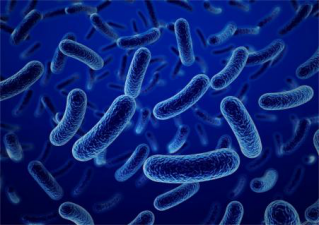Humidity and humidity can be controlled at 40% to 70%, and the suitable range is 50% to 70%. When hatching, 65% ~ 75% is appropriate to facilitate ducklings shelling, hatching, to prevent ducklings villi stick to the eggshell.
"Egging" (ie spray watering) has the dual function of airing and humidifying. Specific method of operation: Starting from the 14th day of incubation, the eggs are sprayed once a day with warm water of 25°C to 30°C, and hatched until the 25th day. The spraying frequency can be increased to 2 times per day. The water spray not only can cool the heat, but also can wash the glial film on the egg shell, improve the permeability of the shell and shell membrane, promote the contraction and expansion of the shell and shell membrane, thereby improving the gas exchange and water metabolism. , improve the quality of hatching.
The oxygen content of the air incubator should not be lower than 20%, and the carbon dioxide content should be controlled at 0.3% to 0.6%, and the maximum should not exceed 2%.
Turn over the egg several times in the early period (8~12 times per day and night), turn over less frequently (6~8 times per day and night), and turn the egg until the last 3 days. The angle of rotation when turning the egg is 110~120 degrees.
All water based products have plenty of nutrients and water to support microbe growth under favorable conditions. Microbes invade water based products from multi-point sources, such as contaminated raw materials, poor plant hygiene, untreated water, and not properly preserved recycling materials. While adding in-can preservatives into the products should not excuse a factory from Good Manufacturing Hygiene Practices (GMHP), proper use of in-can preservatives coupled with GMHP can dramatically minimize the chance of microbial tolerance development, and assure unspoiled products to customers.
Biocides formulators often use several types of in-can preservatives as active ingredients in their biocidal products for various industrial water based products. One of these active ingredients is benzisothiazolone (BIT). It has several distinct performance advantages, including good stability at high pH, good stability in the presence of reducing agents, and broad spectrum of activities against many microbes.Sunshine Biotech supplies to all industrial biocides formulators with high quality BIT technical ingredients. Besides of BIT, we also provide its derivative, like BBIT, MBIT etc.


Biocide Technical Ingredients
Biocide Technical Ingredients,Biocide Formula,Biocide Ingredients,Biocide Liquid
Nanjing Sunshine Biotech Co., Ltd , http://www.sunshine-bio.com